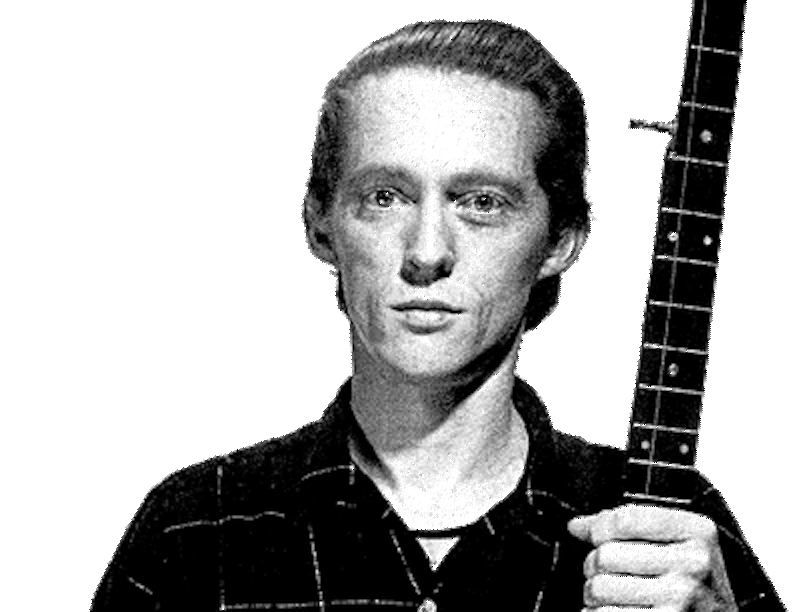Legend has it that after delivering the Tao Te Ching, the great sage Lao Tse hopped on a water buffalo and rode away, never to be seen again. That’s an ending that I like. It’s less spectacular than crucifixion, but also less final, and infinitely more suggestive. Charles Manson’s death received the kind of media coverage normally reserved for heads of state. He was an intensely mediagenic character, and knew it. He knew how to play to the camera, with his stream-of-consciousness rants, his googly eyes, and his scary little kung fu dance. He was very much a product of what Situationist philosopher Guy DeBord called “the Society of the Spectacle.” He wanted attention, and he got it. He never got that record contract he wanted.
For all his charm, ultimately Charlie left a trail of ruined lives in his wake, including his own. Things might’ve gone better for him and everyone around him if he’d been paying attention to Mel Lyman. Being God is tricky business. Charlie really wasn’t that good at it. Mel was an expert.
Raised in Santa Rosa, California, in an apparently normal middle-class home, the former computer technician wandered out of the West with his banjo and his harmonica and settled in Boston around 1960. He plugged right into the LSD crowd at Harvard and joined the Jim Kweskin Jug Band, an established folk act with a solid recording contract. He worked as an LSD therapist for a couple of years. It was still legal then. He was a talented musician, possibly the best folk/blues/gospel harp player in the business. He was often described as “Woody Guthrie on acid.” He was articulate and charismatic, and rapidly acquired a following. Somewhere around 1964, he decided he was God.
In 1965, when Bob Dylan triggered a cultural explosion at the Newport Folk Festival by taking the stage with an electric guitar, it was Mel Lyman who soothed the savage beast and brought order to the situation with an extended harmonica solo of the old gospel tune, “Rock Of Ages.”
At its peak, the Lyman Family numbered about 150 people, roughly three times the number associated with Manson. They settled into the ghetto neighborhood of Fort Hill, where they bought distressed houses and fixed them up, very early adapters to the concept of “flipping” real estate. They took over a newspaper and ran a printing company. Mel hated hippies and feminists. In the Lyman Family, men were men and women were women. Mel insisted that Family members present a straight, business-like appearance. Their massive consumption of LSD was legendary.
Despite David Felton’s hit piece in Rolling Stone, there’s no indication that the Lyman Family was particularly violent, although there’s no doubt that they made good use of the threat of violence. Nobody wanted a visit from what Mel called his “Karma Squad,” but the KS had more to do with enforcing discipline within the group than dealing with outsiders. 150 people is a lot to manage, even with boatloads of LSD.
While the Manson Family invented dumpster diving for food and dealt drugs, Mel emphasized the value of a strong work ethic. The Lyman Family built a series of solid businesses and spread out to Martha’s Vineyard, rural Kansas, and Hollywood. It seems that everyone associated with the Lyman Family prospered and thrived.
Mel withdrew from public contact as the 1970s wore on and holed up on a spread in Kansas. In 1978, the Family put out word that he’d died, later maintaining that he was on a spaceship. There was no death certificate, no burial, no body, and no cause of death cited. He continued to give the occasional interview via Ouija board in a mansion in the Hollywood Hills. He said in one of the interviews that he preferred the Ouija board to the telephone.
There were rumors that he’d split for Europe. If anybody knows, nobody’s talking. My guess is that he just got tired of being God. It’s a thankless and demanding job, but Mel did it as well as anybody ever has. He was never an attention whore, like Charlie. Sooner or later, a guy as smart as Mel was is just going to saddle up his water buffalo and ride.

